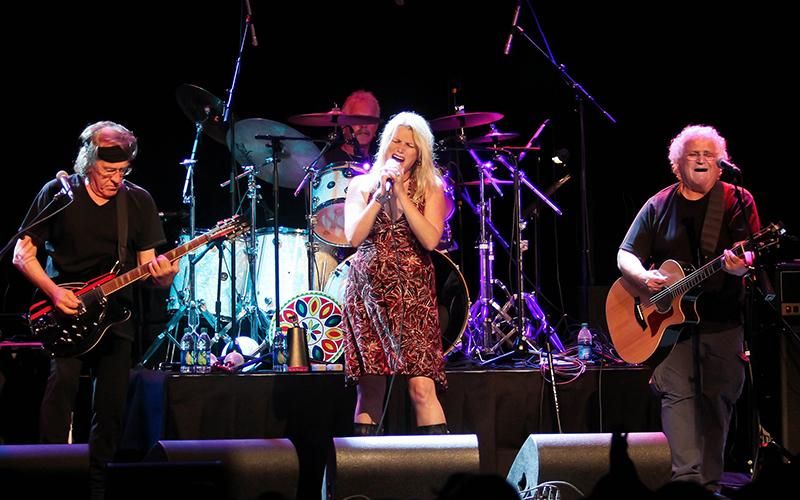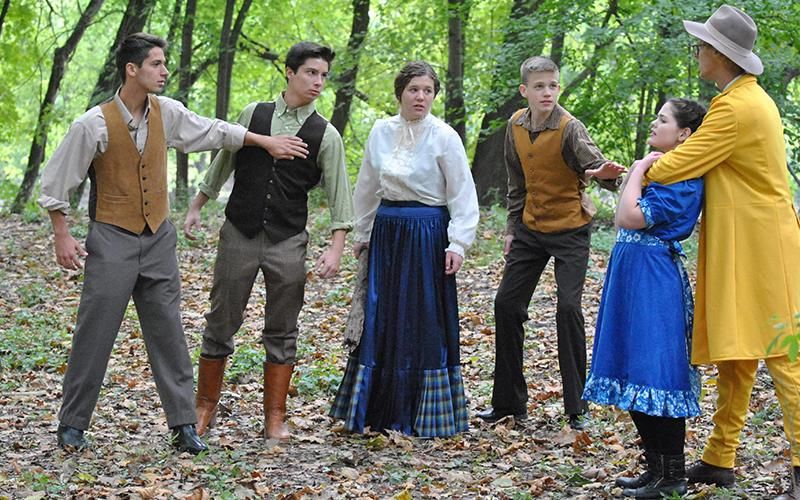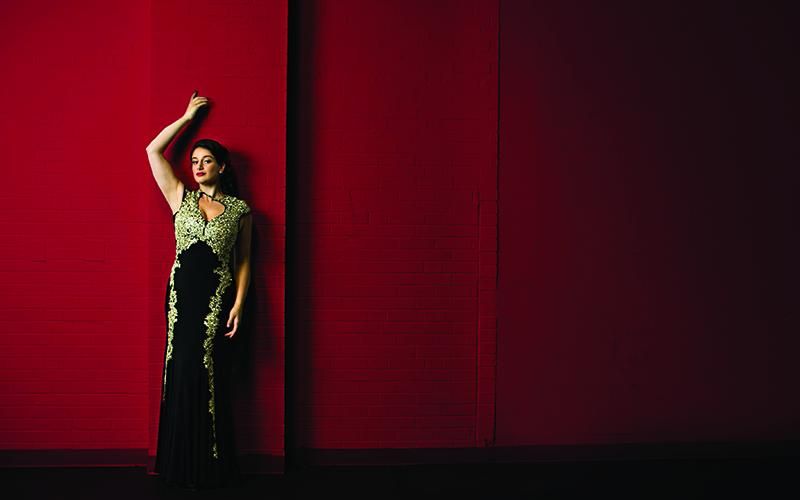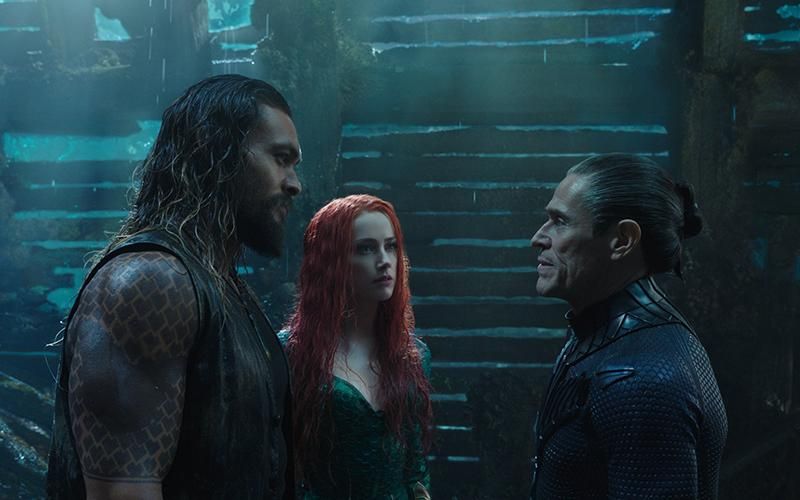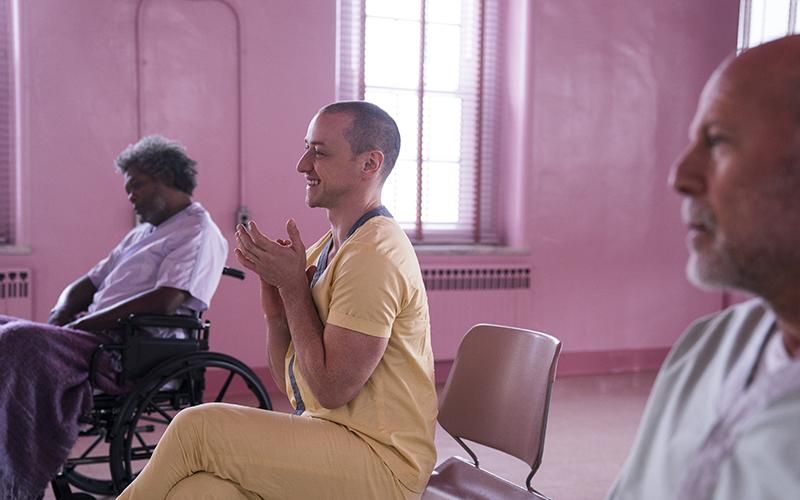Few rock bands have been as willing to dramatically evolve over the course of decades, while at the same time being totally transparent about the goals of that evolution, as Jefferson Starship.
The band has moved through two iconic names, more than one era-defining run of mainstream popularity, and multiple generations of musicians. Regardless of which incarnation of the band you’re talking about, however, you’re talking about an invincible symbol of American pop music.
Jefferson takes off
It all began more than a half century ago in the San Francisco Bay Area, where Marty Balin, Paul Kantner, and Jorma Kaukonen navigated the local club scene, forging a strange new amalgam of folk music and the jangly pop that dominated the mid-’60s airwaves.
The band played its first gig under the name Jefferson Airplane in 1965, and when Jack Casady joined as the band’s bassist, the legendary core lineup was solidified.
It’s difficult to overstate the impact of Jefferson Airplane’s music in the countercultural foment of the late 1960s. With the addition of vocalist Grace Slick in 1966, the band began to help create the psychedelia that would influence the most creative pop musicians over the next several years. The explosion of songs like “White Rabbit” and “Somebody to Love” blew the Airplane beyond local success, beyond national recognition, into international superstardom.
Times change, though, and the band was determined to change with them. Marty Balin left in 1971, and Kaukonen and Casady left to form Hot Tuna in 1974. Kantner and Slick recruited replacements, including bassist David Freiberg, who had played with them in 1973, and changed the band name to Jefferson Starship. Marty Balin rejoined them in 1975.
Balin left again in 1978, and Slick sat out the recording of the 1979 album Freedom at Point Zero. The band wouldn’t leave the limelight, however; the Mickey Thomas-sung “Jane” surged into the Billboard top 20, setting the stage for another visit by the band to the top of pop music in the ’80s. Slick came back in 1981, and the band released a string of albums and singles that were some of the most popular of the music-video era, such as “Find Your Way Back” and “No Way Out.”
Yet another turning point came in 1984 when Kantner left the band and took the name with him. As a result of legal wrangling, Slick and Thomas continued to record under the name Starship (and released the monster single “We Built This City”) while the Jefferson Starship name went into storage.
Kantner brought the name back out in the ’90s after he convinced Balin and Casady to rejoin him. The new band (which initially performed under the name Jefferson Starship: The Next Generation) also featured players who had been part of the band at various stages through the years, and even Slick came back to record and perform on occasion. In 2008, Cathy Richardson signed on as the band’s full-time vocalist, replacing Diana Mangano, who had sung with the band since 1994.
Flying into the 21st century
For Richardson, joining the band was a surreal realization of a dream she hadn’t even thought to have.
“When I was like 15, and I heard ‘White Rabbit’ for the first time, it totally blew my mind,” she said of her earliest exposure to the band’s music. “I bought The Worst of Jefferson Airplane record, and I went into my room and played the song over and over so many times, my mom knocked on my door to ask if I was OK.”
In the second decade of the 21st century, Jefferson Starship has moved into true New Generation territory.
Kantner, the driving force of the band from the beginning, died in 2016. Balin, who had ceased playing with the band full time in 2003, died in 2018, and Casady has long since refocused his attention on Hot Tuna with Kaukonen.
The new generation of Jefferson Starship — the incarnation that will perform at the Niswonger Performing Arts Center — includes veteran member Freiberg, drummer Donny Baldwin (who has played with the band since the ’80s), and keyboardist Chris Smith (a ’90s-era member). The relative newcomer is guitarist Jude Gold, who joined in 2012.
The new band has the full confidence of the remaining original generation, however. That confidence showed up when Richardson was asked to perform at the Grammy Salute to Music Legends concert in 2016, just months after Kantner’s death.
“I was out to breakfast having an otherwise normal day,” Richardson said, “and [Kantner and Slick’s daughter] China called and said something like, ‘Dude, I have amazing news. You’re singing at the Grammy thing,’ and I was like, ‘Wait, what?!’ and then she put Grace on the phone. I had chills and tears in my eyes. It was totally surreal.”
If the baton hadn’t been officially passed before, it certainly was backstage on that emotional night, just before Richardson headed out to sing “Somebody to Love.”
“Grace leaned in and said to me, ‘You know this song, right?’” Richardson said. “I laughed and said, ‘Yes, I do, and I’m going to sing the s— out of it for you!’”
